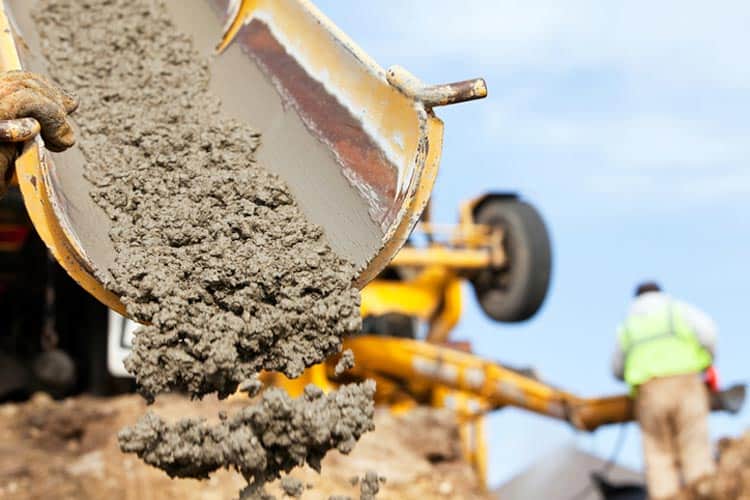One of the main dangers of working with concrete is the risk of skin irritation and burns. Concrete contains chemicals that can cause skin to become irritated, inflamed, and even burn if it comes into contact with the skin. This can be particularly dangerous if the concrete is wet, as it can penetrate the skin more easily. To protect yourself from skin irritation and burns, it’s important to wear protective clothing, such as gloves, long sleeves, and pants, and to avoid direct contact with wet concrete.
Another danger of working with concrete is the risk of respiratory problems. When concrete is mixed or broken down, it releases dust particles into the air that can be inhaled into the lungs. Over time, exposure to concrete dust can lead to serious respiratory problems, such as bronchitis, asthma, and even lung cancer. To minimise your risk of respiratory problems, always wear a dust mask when working with concrete and work in a well-ventilated area.
In addition to these physical dangers, there are also some safety recommendations that are important to keep in mind when working with concrete. One of the most important safety recommendations is to always follow proper procedures when mixing and handling concrete. This includes wearing protective clothing, using the correct tools and equipment, and following the manufacturer’s instructions for mixing and pouring.
Another important safety recommendation is to ensure that the concrete is properly cured before it is used in a construction project. Curing is the process of allowing the concrete to dry and harden, which is important for ensuring its strength and durability. If concrete is not properly cured, it can crack or break under stress, which can be dangerous for anyone working on or near the project.
It’s also important to ensure that the work area is properly secured when working with concrete. This means keeping the area clean and free of debris, as well as ensuring that any tools or equipment are properly stored and secured when not in use. This can help prevent accidents and injuries, as well as minimise the risk of damage to the project or surrounding property.
Finally, it’s important to work with a team that is experienced and knowledgeable in working with concrete. This can help ensure that the project is completed safely and efficiently, and that any potential risks or hazards are identified and addressed before they become a problem.
In conclusion, working with concrete can be a rewarding and fulfilling experience, but it’s important to keep in mind the potential dangers and safety recommendations. By following proper procedures and working with a knowledgeable and experienced team, you can ensure that your concrete works are completed safely and successfully. Thanks for tuning in, and stay safe out there!
Cheers,

![]()






